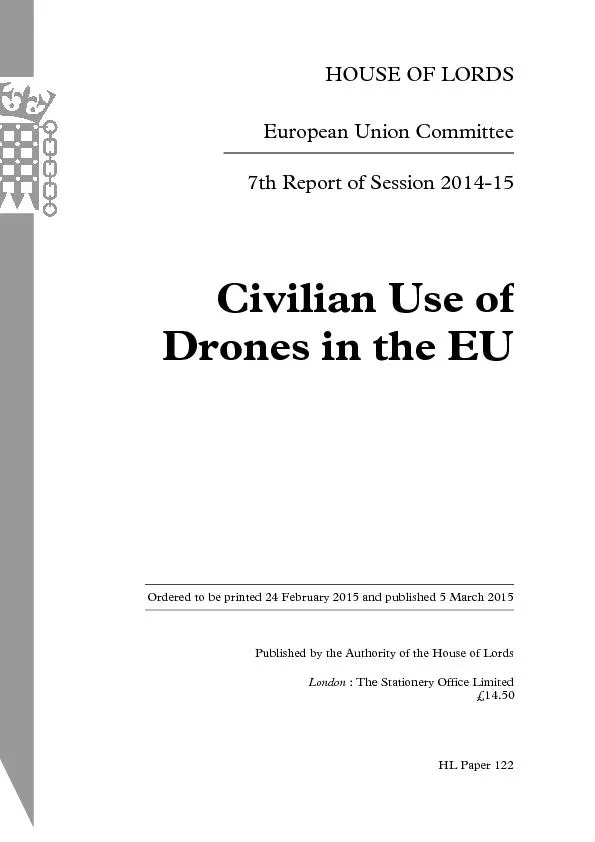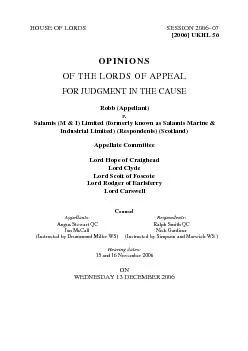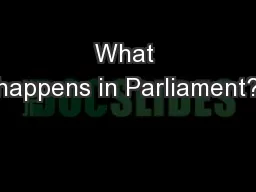PDF-HOUSE OF LORDS
Author : sherrill-nordquist | Published Date : 2016-03-18
European Union Committee 7th Report of Session 2014 15 Civilian Use of Drones in the EU Ordered to be printed 24 February 2015and pulished 5 March 2015 Published
Presentation Embed Code
Download Presentation
Download Presentation The PPT/PDF document "HOUSE OF LORDS" is the property of its rightful owner. Permission is granted to download and print the materials on this website for personal, non-commercial use only, and to display it on your personal computer provided you do not modify the materials and that you retain all copyright notices contained in the materials. By downloading content from our website, you accept the terms of this agreement.
HOUSE OF LORDS: Transcript
Download Rules Of Document
"HOUSE OF LORDS"The content belongs to its owner. You may download and print it for personal use, without modification, and keep all copyright notices. By downloading, you agree to these terms.
Related Documents














